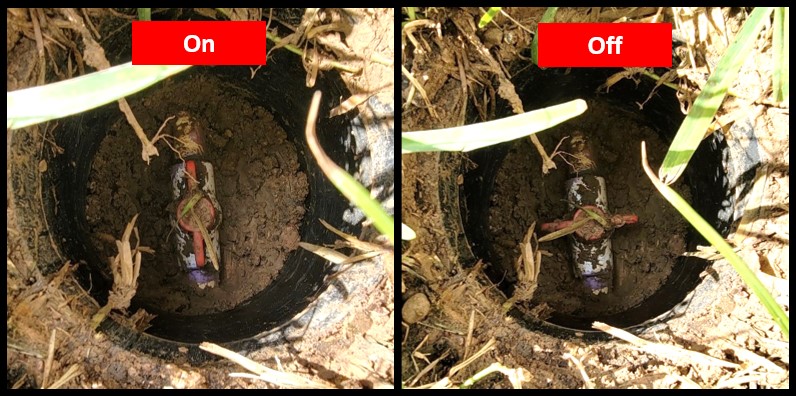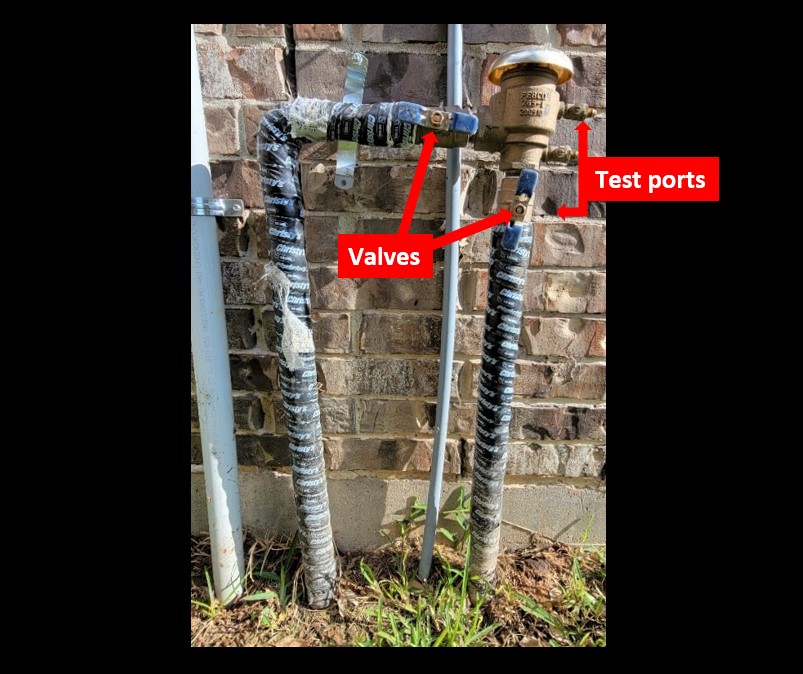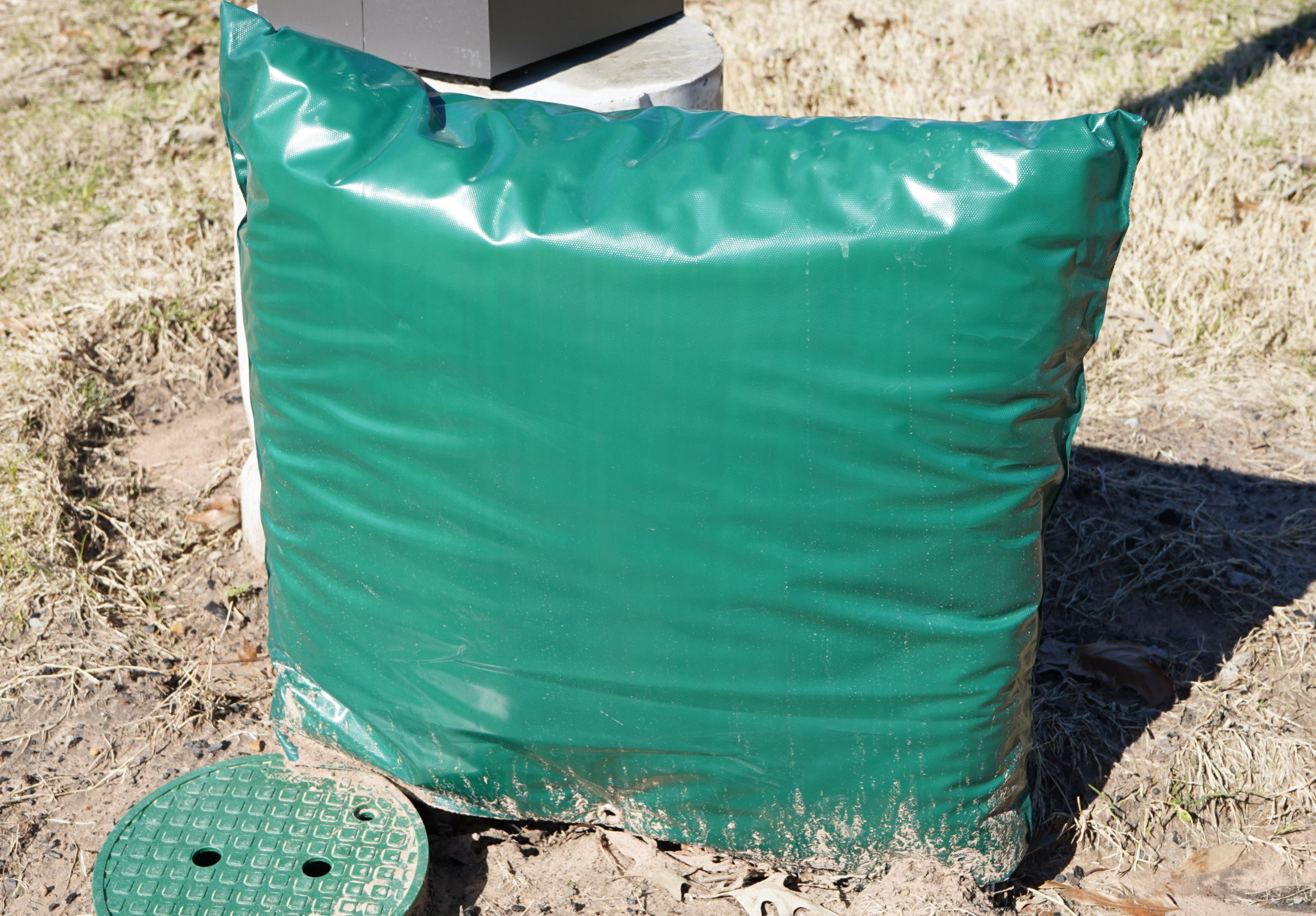In most cases, winterizing an irrigation system is quick and simple, as long as the system is set up to be winterized. The steps in this article will work for most irrigation systems.
Do I need to winterize my irrigation system if I live in Houston?
The answer is yes. While Houston is known for its subtropical climate, Southeast Texas winters have occasional periods of sub-freezing temperatures. It is important to take precautions to ensure that your irrigation system is ready for use when Spring arrives.
When should I winterize my irrigation system in Houston?
You should winterize your system before the first freeze of the season. The Houston area gets random freezes followed by warm, sunny weather between late November through the end of February. Once your system is winterized, it is best to leave it that way until the threat of frost has passed.
How do I winterize my irrigation system in Houston?
Follow these steps to winterize a system that is set up for winterizing.
1. Locate the isolation valve (as shown in the photos below).

This valve is generally located in a small circular box near the water meter or the backflow preventer. These valves often get covered up by grass or soil. If you can’t find it, you can generally draw a straight line from your water meter to the backflow preventer; it should be in this area. Warning: not all irrigators install an isolation valve. If yours does not, we have advice to help you at the bottom of this article.
2. Next, open the valve box and turn off the valve. Do this by turning the handle from being in line with (going in the same direction as) the pipe, to cutting across the pipe. This will shut off the water supply to your irrigation system but not your home.

3. For this step you will need a flathead screwdriver. Locate your backflow preventer. The two larger valve handles should be in line with the pipes, in the open position. The backflow preventer has test ports (usually two of them). Open these ports with the screwdriver and let the water drain out. This should only take a minute or two.

You are finished! Do not close the valves on the backflow preventer since this will cause damage even during a minor freeze. You do not need to worry about the rest of the system since the ground does not freeze in the Houston area.
What if I don’t have time to winterize my irrigation system?
If these steps seem like too much trouble, call Archer Services and let us take care of it for you. We can install or locate the isolation valve and renew the insulation on the backflow preventer.
Help! I can’t find an isolation valve for my irrigation system!
If your system does not have an isolation valve, this winterizing process will not work. For systems without a valve, we recommend covering the backflow preventer completely. It is best to use insulated Backflow Valve Covers for this, but you can use a DYI cover in a pinch. You can also call Archer Services to have an isolation valve installed or to get the proper-sized insulated Backflow Valve Covers for your backflow preventer.


